AAA: Which Tests Ensure the Quality and Purity of Essential Oils?

It is, without question, the quality and purity of essential oils are the foremost criteria by which consumers decide which oils to purchase. Unlike other consumer goods, such as food and medicine, aromatherapy users are keenly interested in the purity of essential oils. We welcome this curiosity, as it allows us to bring awareness to the rigorous quality standards at Edens Garden while also holding the industry, as a whole, to a higher standard. So just what tests are performed to ensure the quality and purity of your essential oils? We’re glad you asked!
Gas Chromatography Mass Spectrometry (GC/MS)
The standard by which all essential oils should be tested is GC/MS, as it provides the most insight into what makes an essential oil, an essential oil. Gas chromatography and mass spectrometry are two separate analytical techniques, but they work hand-in-hand. In gas chromatography, an essential oil sample is volatilized (becomes a gas). This gas travels through a coiled tube, where the essential oil’s constituents are separated. The smaller constituents (such as monoterpenes) travel faster and the larger constituents (such as sesquiterpenes) travel slower. These constituents move into a detector that records the amount of each constituent. The mass spectrometer then measures the constituents’ mass to help further identify each constituent.
Specific Gravity
A densitometer is used to measure the specific gravity of an essential oil. The specific gravity of an oil is a measure of an oil’s density at a particular temperature in relation to water. Pure essential oils, along with a flurry of other substances, have known densities. For example, Hemp essential oil’s density is between 0.8450 and 0.8700 at 20°C. If Hemp’s density were to fall within this range, this would be further indicative of a pure oil. Density is measured by dividing the mass of an oil sample by its volume at a specific temperature.
Refractive Index
A refractometer is used to measure the refractive index of an essential oil. The refractive index of an oil is a measure of the speed of light traveling through an oil. Just as with specific gravity, pure essential oils have known refractive indexes. As an example, the refractive index of pure Hemp essential oil is between 1.4800 and 1.4900 at 20°C. A refractive index in this range would again, further indicate a pure Hemp essential oil.
Organoleptic
Lastly, organoleptic testing looks at the physical properties of an oil such as its color, viscosity, texture and aroma. Organoleptic testing can reveal a lot about an essential oil, and a highly trained aromatherapist or chemist can make a good assumption about the quality and purity of an essential oil with organoleptic testing alone.
Conclusion
You could assume an oil is pure based on organoleptic testing alone, but without a GC/MS test, it would just be an assumption. Likewise, you could GC/MS test an oil and confirm its purity and quality, but without organoleptic testing, you can’t entirely know that it has a pleasant aroma profile. Thus, each of these tests work hand-in-hand to ensure quality and purity.
Other tests for purity and quality of essential oils exist, but we’ve found these tests to be the most valuable in ensuring our rigorous standards are met. Through these tests, we are able to ensure that you’re getting the very best so you can take care of yourself using pure, quality ingredients derived from nature.
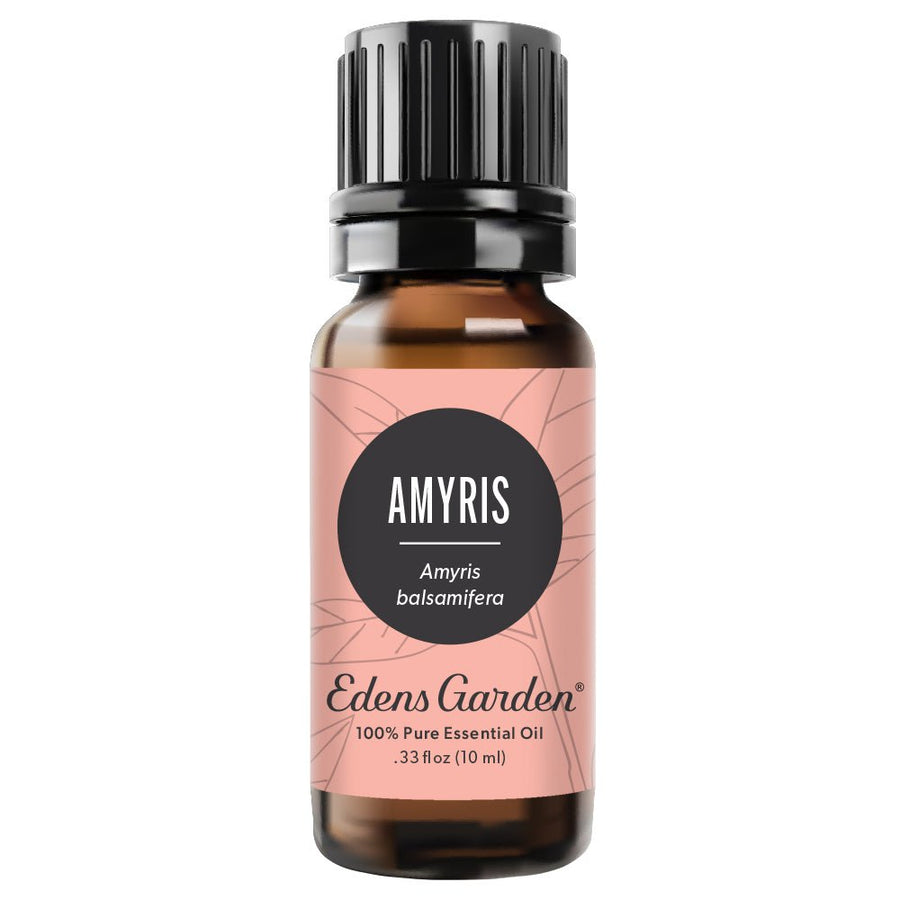
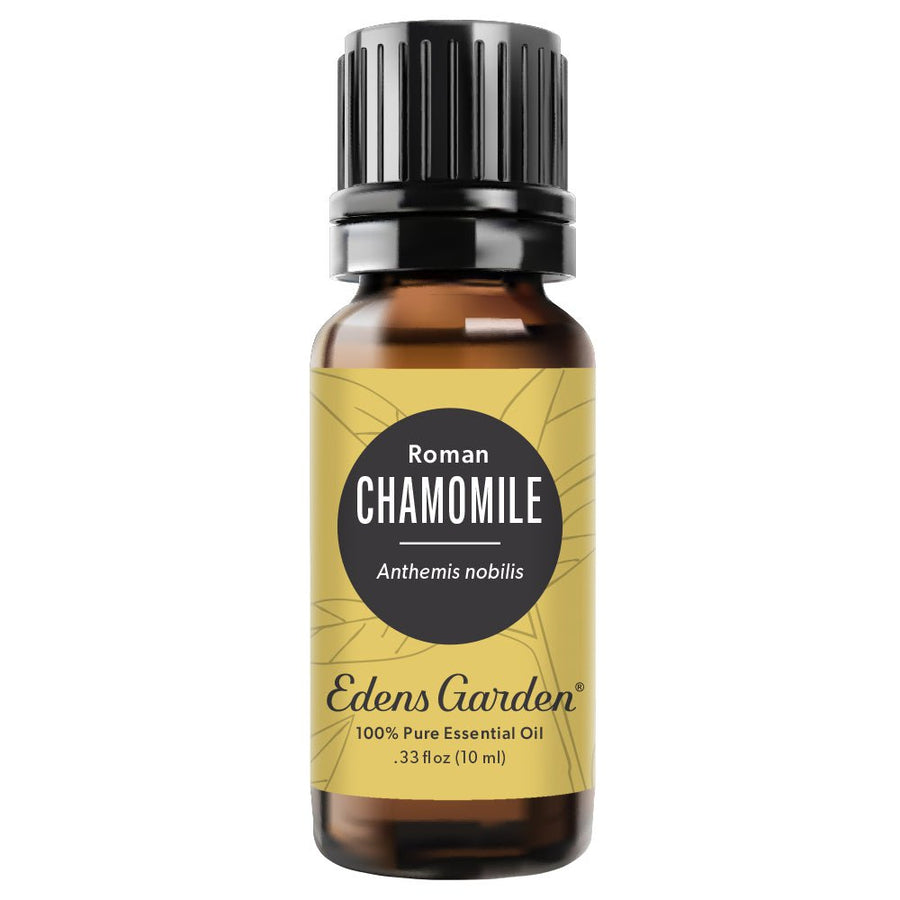

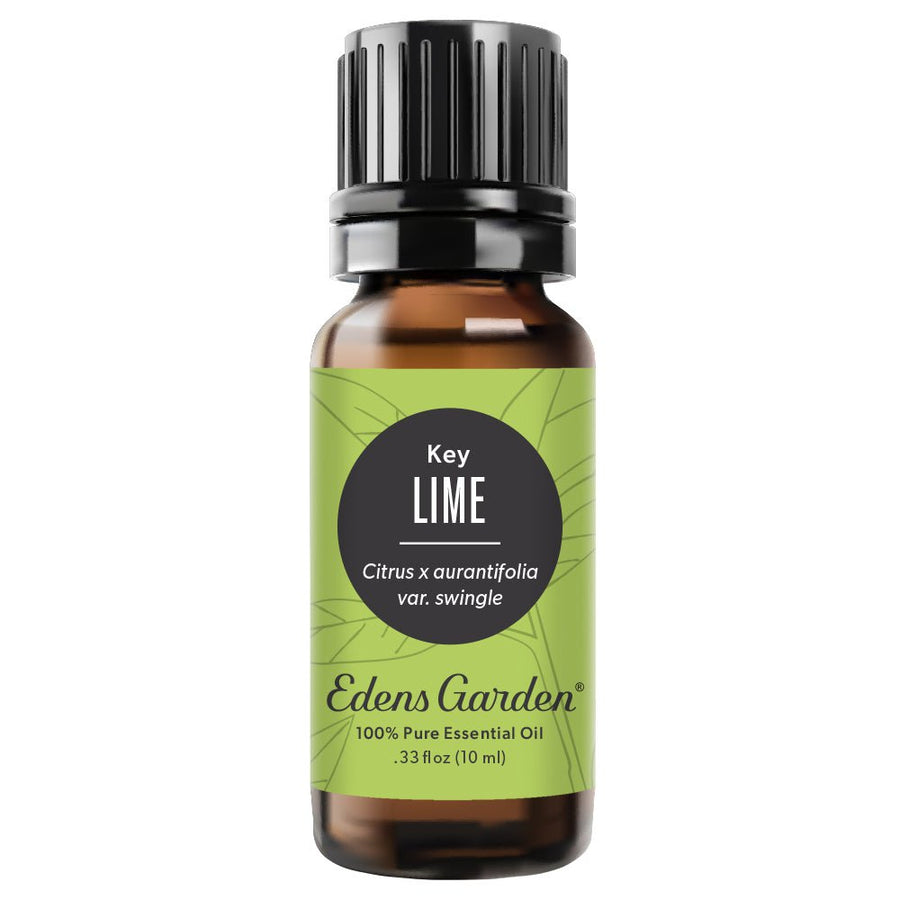
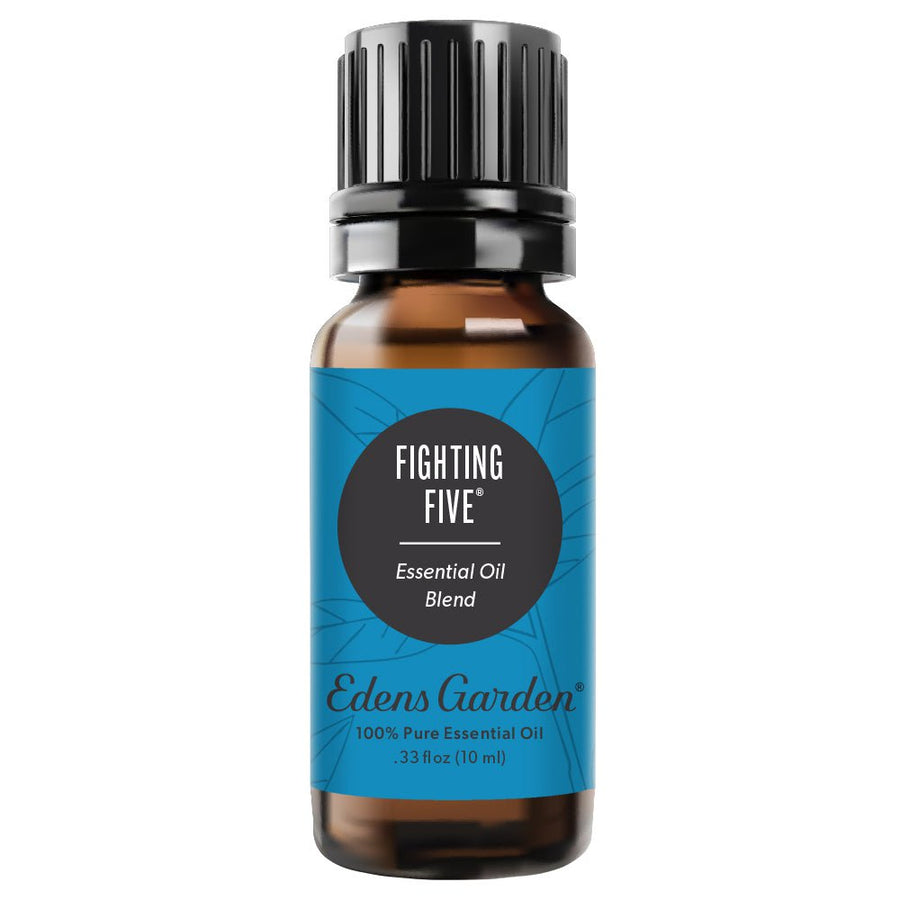
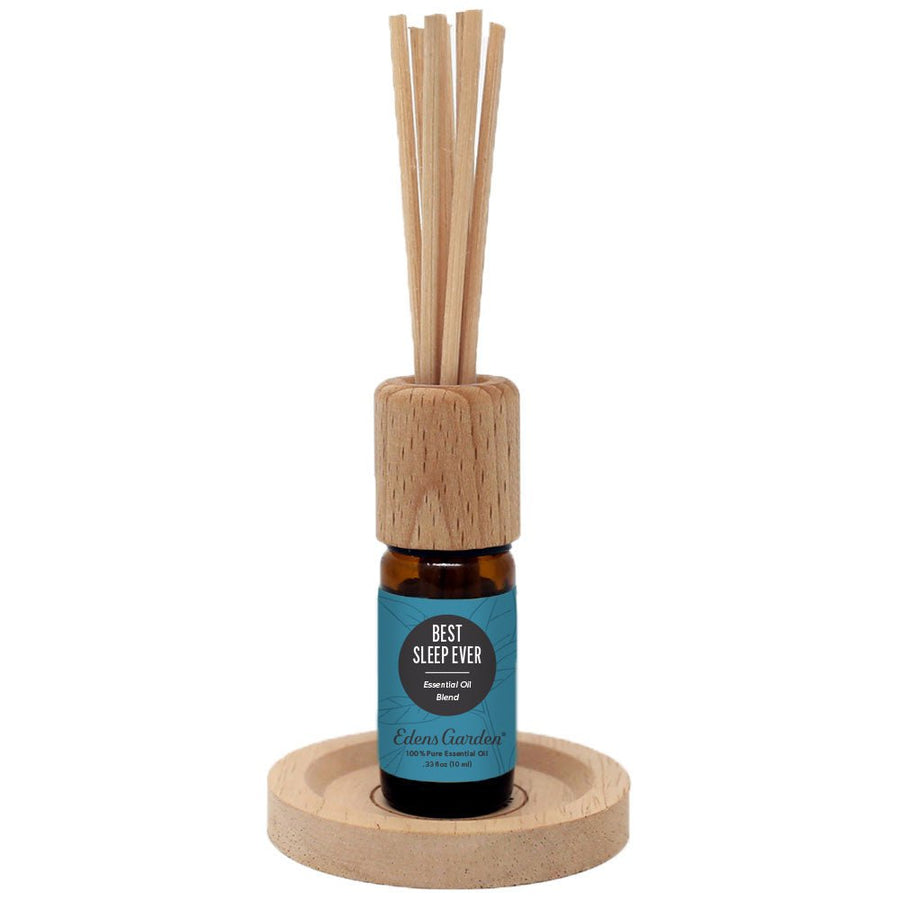



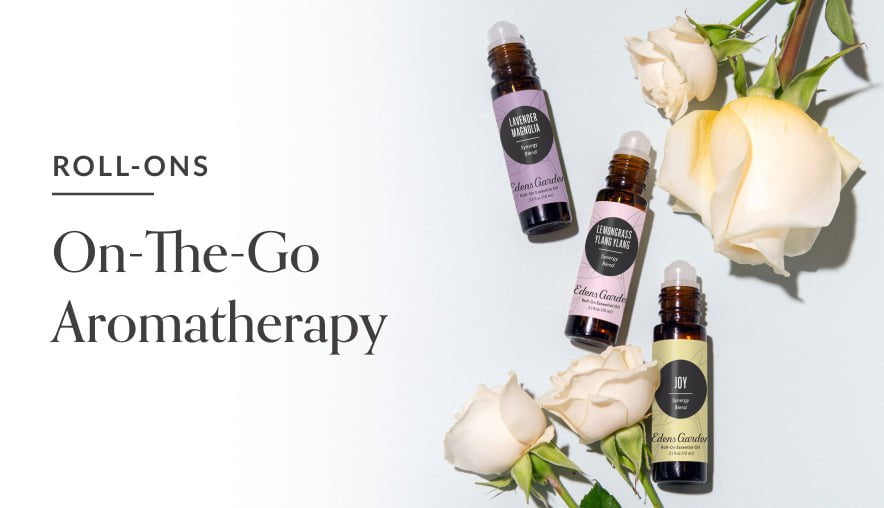
Leave a comment (Comments will be approved before showing up)